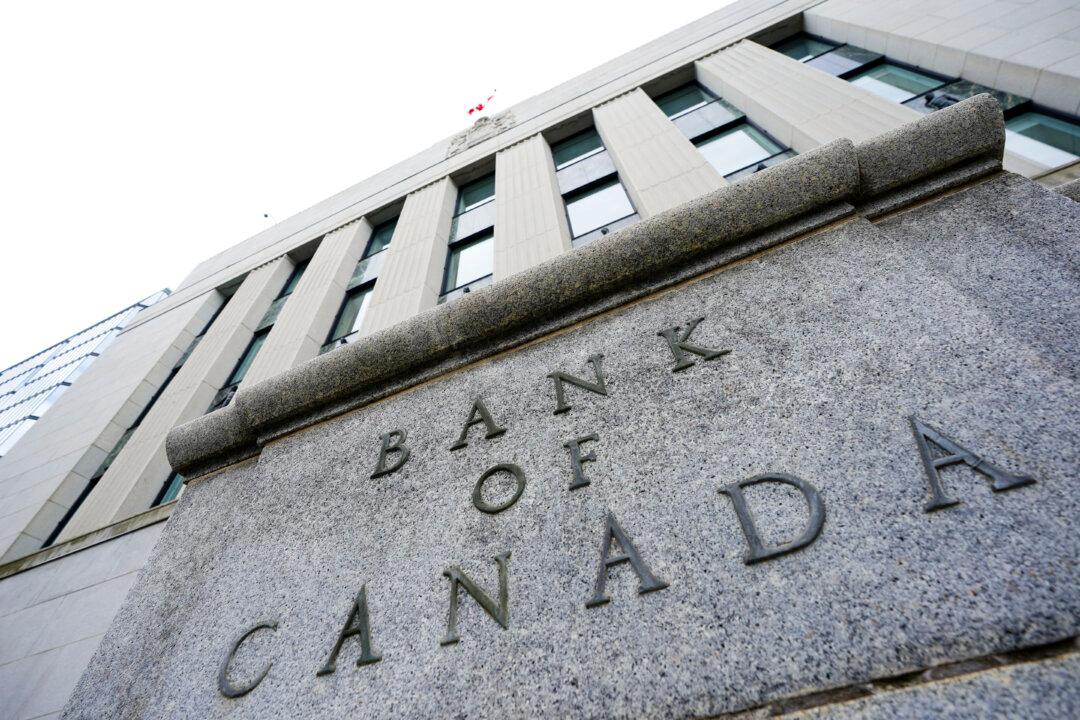As the Bank of Canada seeks consultation from Canadians on its design of a potential central bank digital currency (CBDC), digital privacy experts are warning that the technology could be used by governments to track payments and freeze dissidents’ bank accounts.
“CBDCs could be a nightmare for democracy, for civil liberties, and potentially all sorts of human rights,” Ori Freiman, a post-doctoral fellow at McMaster University’s Digital Society Lab, who is researching the responsible implementation of emerging technologies, said in an interview.





